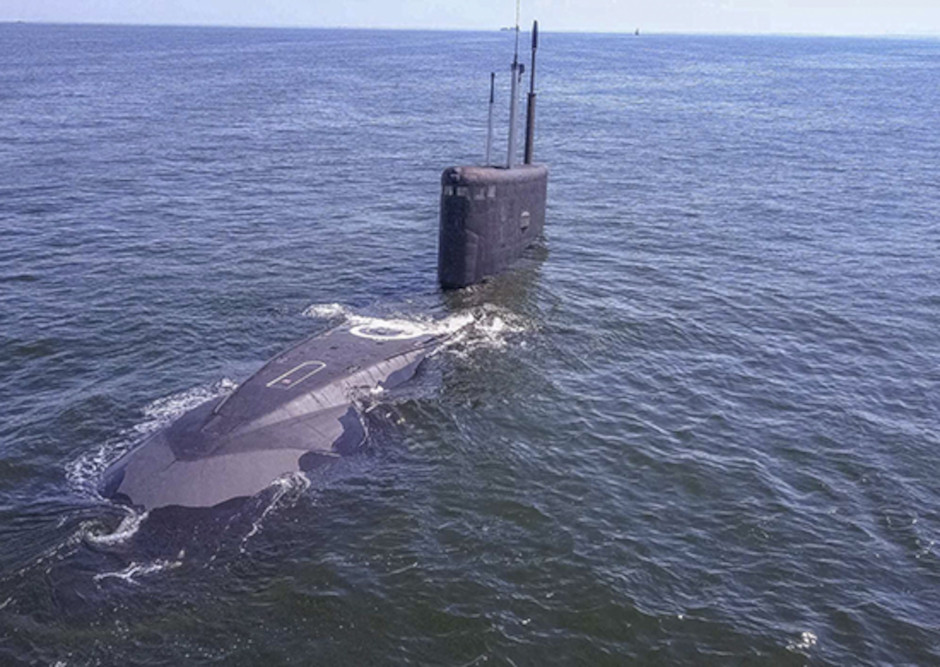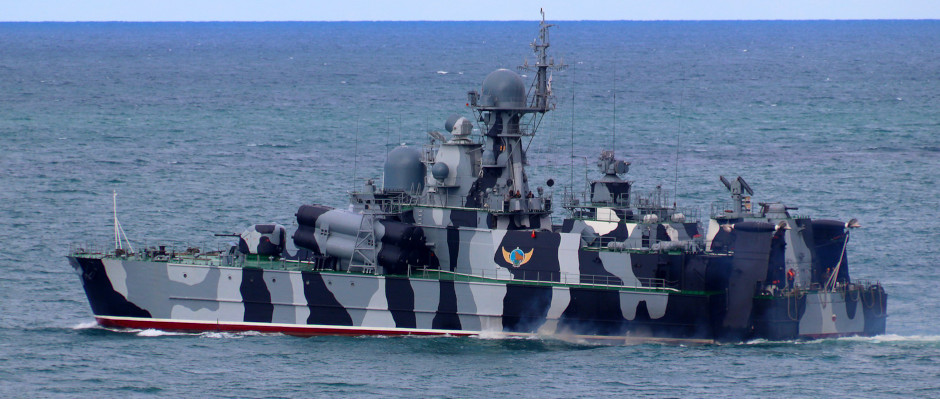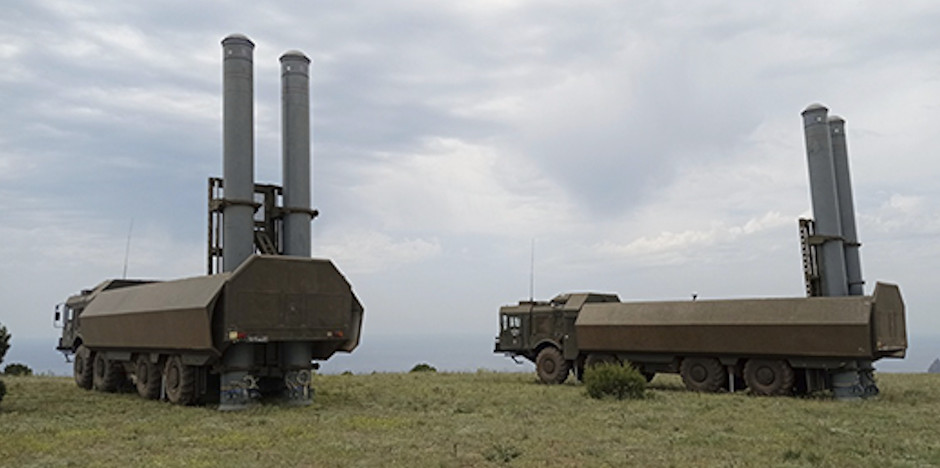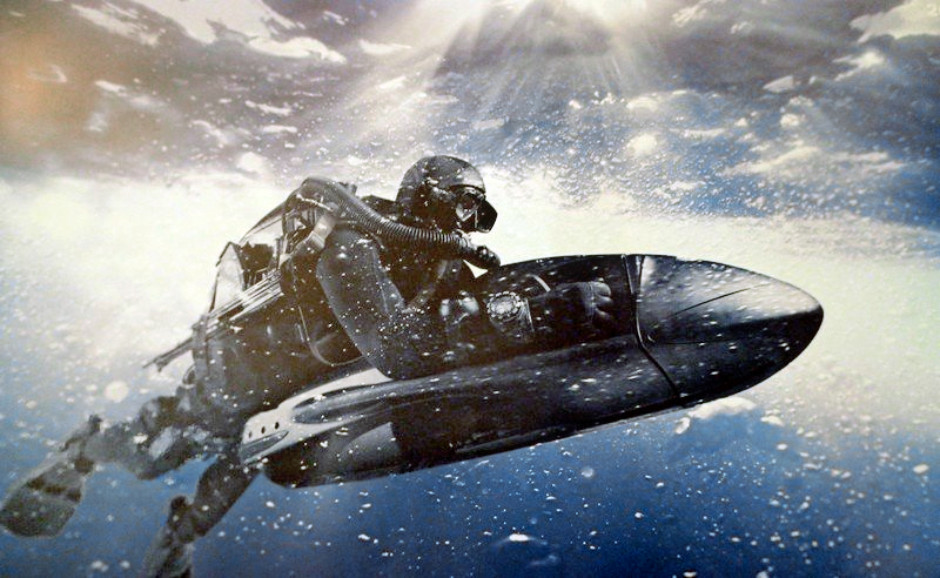Ways Russia Could Attack Merchant Ships If Black Sea Grain Initiative Ends
(Alternative Title: How Russia Could Torpedo The Grain Deal)

 From the first day of its 2022 invasion, Russia enforced a blockade of Ukrainian ports. Several merchant ships were attacked, likely by Russian forces. This was accompanied by a warning (read ‘threat’) to shipping that Russia could not guarantee the safety in the northern Black Sea. The blockade was never legally established but was, in practice, absolute.
From the first day of its 2022 invasion, Russia enforced a blockade of Ukrainian ports. Several merchant ships were attacked, likely by Russian forces. This was accompanied by a warning (read ‘threat’) to shipping that Russia could not guarantee the safety in the northern Black Sea. The blockade was never legally established but was, in practice, absolute.
When Russia’s planned quick victory didn’t materialize, the wider impact of this blockade quickly became evident. Grain shipments, vital for world food stability, were stopped. An international deal was sought to allow innocent merchant trade to resume.
Starting in July 2022, the Black Sea Grain Initiative (BSGI) allows the export of grain from the Black Sea. This is important to the world, and to the economies of Ukraine and Russia. The latest iteration of the deal is set to expire on July 18.
Whether the deal will be renewed is subject of speculation. It is a complex political topic which I will leave to others. However, one question which comes up is what Russia could do to reduce or prevent grain shipments from Ukraine if the deal collapses?
The article will briefly list some of the naval / military options available to Russia to reestablish the blockade:

File image. RFS Krasnodar, one of the KILO class submarines, surfaces after conducting weapons training in 2021. It can carry torpedoes and anti-ship missiles.
Attacks On Ships At Sea
Following a reestablishment of a ‘no sailing zone’, Russia could attack ships sailing to/from Odesa. The most obvious way is with surface warships. Russia’s Black Sea Fleet has a number of warships including some of the smaller missile corvettes, which could be used. A merchant ship is no match for any of these.
We would expect the merchant ships to adjust their route to hug the Ukrainian controlled coast and then use Romanian territorial waters. This would limit the Russian ships’ ability to use their anti-ship missiles so they would have to close to within cannon range. This would however bring them within the kill zones of Ukraine’s Harpoon and Neptune anti-ship missiles. Artillery, aircraft and maritime drones could also attack them.

Pr.1239 BORA Class missile corvette in Black Sea, October 2022. (photo by A. Brichevsky, via kchf.ru/)
What would be much harder for Ukraine to counter would be submarines. The Northern Black Sea is relatively shallow which is not optimal for Russia’s five KILO Class submarines. However, with Ukraine lacking anti-submarine weapons, there is little they could do while these are submerged. And a torpedo is the ultimate ship-sinking weapon.
Russia could also leverage its air dominance over the northern Black Sea to launch fighter-bomber attacks. The use of BACKFIRE bombers seems less likely. Air attacks could be effective but, compared to submarine attacks, are relatively high risk. Possibly this could force Ukraine to shift its air defenses however which might be advantageous to Russia.
Russia also has formidable Bastion-P and Bal anti-ship missile batteries on Crimea. These are less obvious unless the merchant ships continue to sail in open waters, but cannot be overlooked. They also deter any Ukrainian efforts to escort the merchant ships.

The Bastion-P (SS-C-5 STOOGE) coastal battery can launch P-800 Oniks (SS-N-26 STROBILE) supersonic anti-ship missiles. These are expensive top-end weapons.
Police-Style Actions
Following a more traditional approach, Russia could conduct armed boarding operations. These could potentially be done further south provided the ships are in international waters. Warships and helicopters could be used. Following the Iranian playbook some ships could be seized (on whatever pretense) and sailed to Russian controlled ports.
It is hard to imagine the international community putting up with this for very long. It would be more of a way to shape a crisis for negotiation.
Unattributed Attacks
The blockade was initiated by attacking merchant ships, yet these were never admitted by Russia. To carry out unattributed attacks at sea Russia would need to use fast small boats or drones. Possibly its own copy of Ukraine’s maritime drones which is known to exist.
Attacks could also be conducted in Odesa itself by Russian special forces (Spetsnaz). Russia’s combat swimmer capabilities are less invested in than they used to be during the Cold War, but the capacity to launch a raid likely remains. Ironically, Russia uses a lot of Western acquired equipment in this space.

A Russian Spetsnaz diver based in Crimea demonstrates a German-made Rotinor Divejet 414 diver propulsion vehicle (DPV). Russia has several types of Western underwater vehicles. Photo from Russian MOD calendar 2017.
Sea mines could also be used. These are more persistent and have the advantage that Russia (and does) blame Ukraine instead.
We should also consider the possibility that Russia could use a submarine to torpedo a ship, and then deny it. Any investigation would take days or weeks (or much longer!).
Bigger Picture
Russia could also attempt either boarding or attack operations outside the Black Sea. The grain ships have to sail through the eastern Mediterranean where Russia has warships and submarines based in Tartus. The escalation risks are clear so either boarding operations, or unattributed attacks, seem most likely.
Russia could also continue to target Ukraine’s grain storage facilities on land.
Outlook
None of the above options should be viewed in isolation. And there are many things, both naval and political, that other countries could do to shape this. In particular, Turkey which controls the Bosporus strait between the Black Sea and the Mediterranean, is key.
Russia itself would also be vulnerable to retaliation.
Related articles (Full index of popular Covert Shores articles)

 Ukraine's Maritime Drones (USVs)
Ukraine's Maritime Drones (USVs)

 Naval Spetsnaz in Hybrid Warfare (Russian SDVs and DPVs)
Naval Spetsnaz in Hybrid Warfare (Russian SDVs and DPVs)

